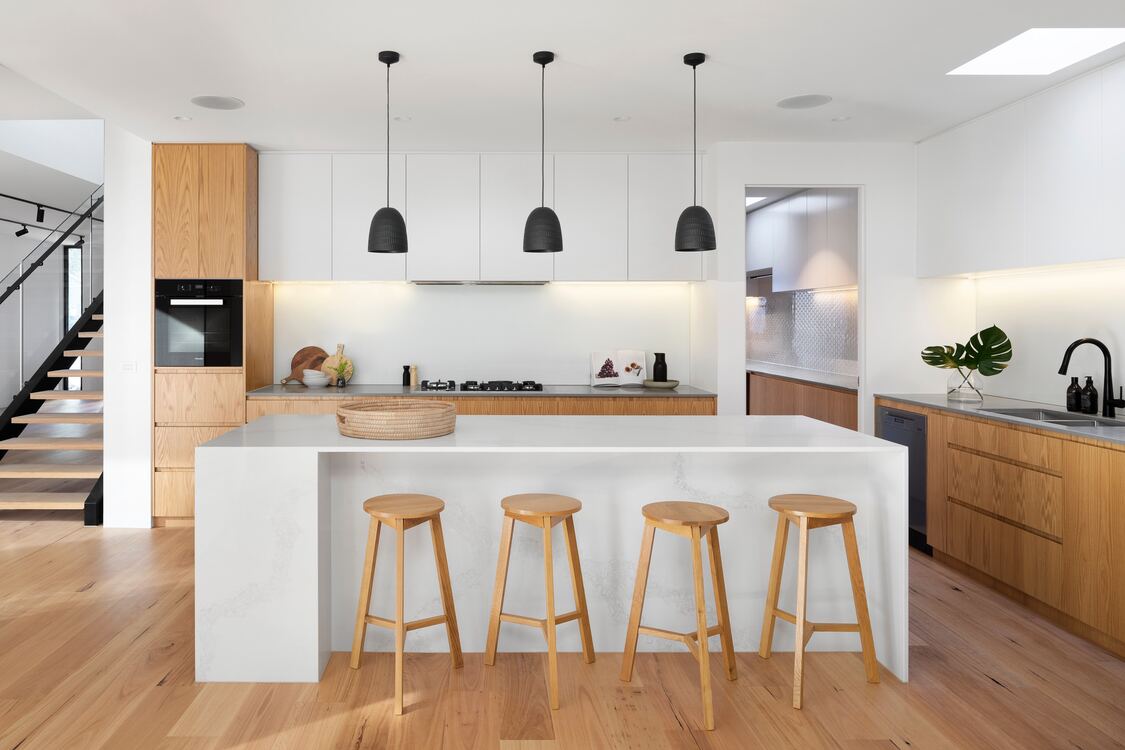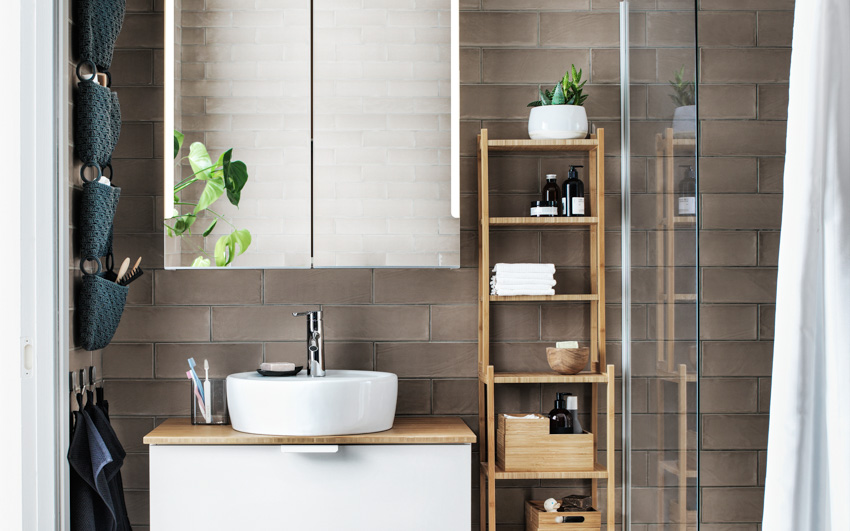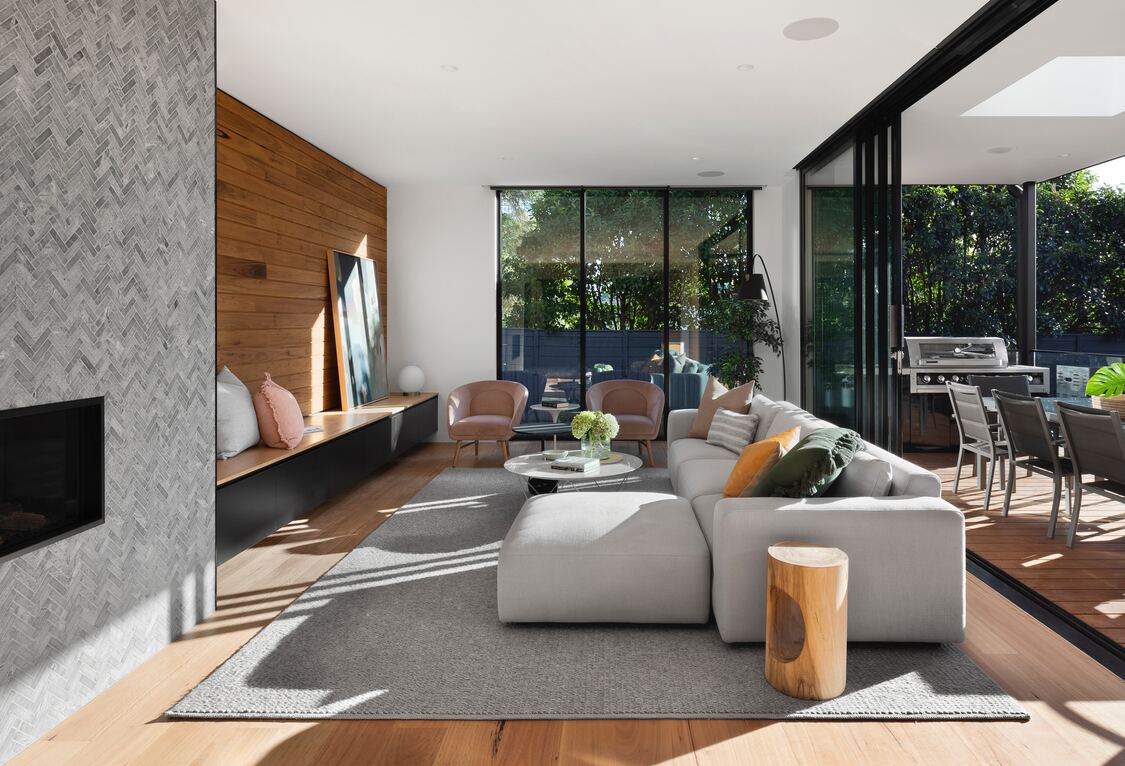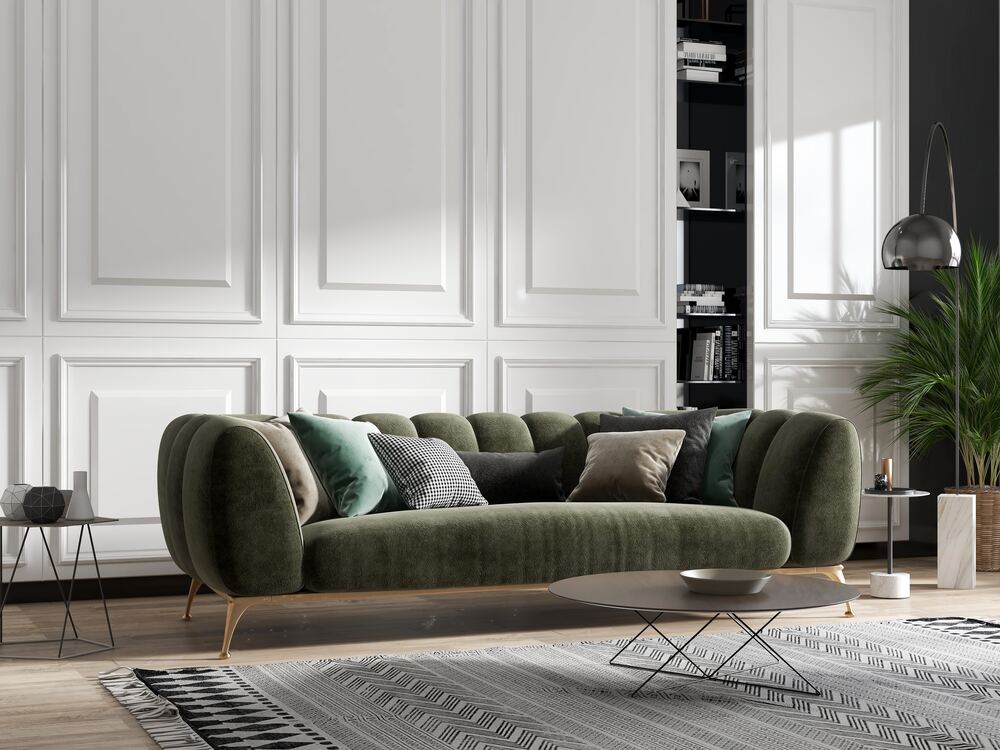Exploring Modernism: A Dive into the Essence of Modern Interior Design
In the realm of interior design, Modernism stands as a timeless and influential movement that has shaped the way we perceive and interact with our living spaces. Originating in the early to mid-20th century, modernism in interior design embraces a departure from traditional ornamentation, emphasizing clean lines, functionality, and a celebration of materials. Let's embark on a journey to unravel the core principles that define Modernism in interior design.
The Evolution of Modernism
Embracing Simplicity: At the heart of modernism lies a commitment to simplicity. Modern interiors are characterized by uncluttered spaces, devoid of excessive ornamentation. Clean lines and a focus on functionality create an atmosphere of streamlined elegance.
Open Floor Plans: Modernism often favors open floor plans, breaking down barriers between different living spaces. This design choice promotes a sense of connectivity, allowing natural light to flow seamlessly and creating a more expansive and airy environment.
Form Follows Function: A foundational principle of modernism is the idea that the form of an object or space should follow its intended function. Furniture and architectural elements are designed with a purpose, often showcasing innovative and ergonomic solutions.
Incorporation of New Materials: Modernism brought with it a shift in the use of materials. Architects and designers began to explore new materials such as steel, glass, and concrete. These materials not only added an industrial touch but also symbolized progress and innovation.
Key Characteristics of Modern Interior Design
Minimalistic Aesthetic: Modern interiors embrace a minimalistic aesthetic, focusing on the mantra of "less is more." Furnishings are often sleek and functional, creating a sense of visual harmony within a space.
Neutral Color Palette: Neutral color palettes, including whites, grays, and earth tones, are prevalent in modern design. This choice not only contributes to the simplicity of the design but also allows for flexibility in adding pops of color through accents.
Geometric Shapes: The use of geometric shapes is a hallmark of modernism. From furniture to architectural details, you'll often find clean lines and geometric forms that contribute to the overall visual appeal.
Integration of Technology: Modern interiors seamlessly integrate technology into the design. This may include hidden storage solutions, smart home systems, and innovative appliances that enhance both the functionality and aesthetic appeal of the space.
Bringing Modernism into Your Home
Streamlined Furniture: Choose furniture with clean lines and a focus on functionality. Avoid overly ornate pieces, opting for simplicity in form and function.
Open Spaces: If possible, consider opening up spaces to create a more interconnected and fluid living environment.
Neutral Tones: Embrace a neutral color palette with occasional splashes of bold, accent colors. This maintains a sense of visual cohesion while allowing for personalization.
Innovative Materials: Integrate modern materials like glass, metal, and concrete into your design to evoke a sense of contemporary sophistication.
The Timelessness of Modernism
Modernism in interior design, while originating decades ago, remains relevant and influential today. Its emphasis on simplicity, functionality, and innovation continues to inspire contemporary designs that stand the test of time. As we navigate the ever-changing landscape of interior design, the principles of Modernism serve as a timeless guide, inviting us to create spaces that harmonize form and function in a modern world.



